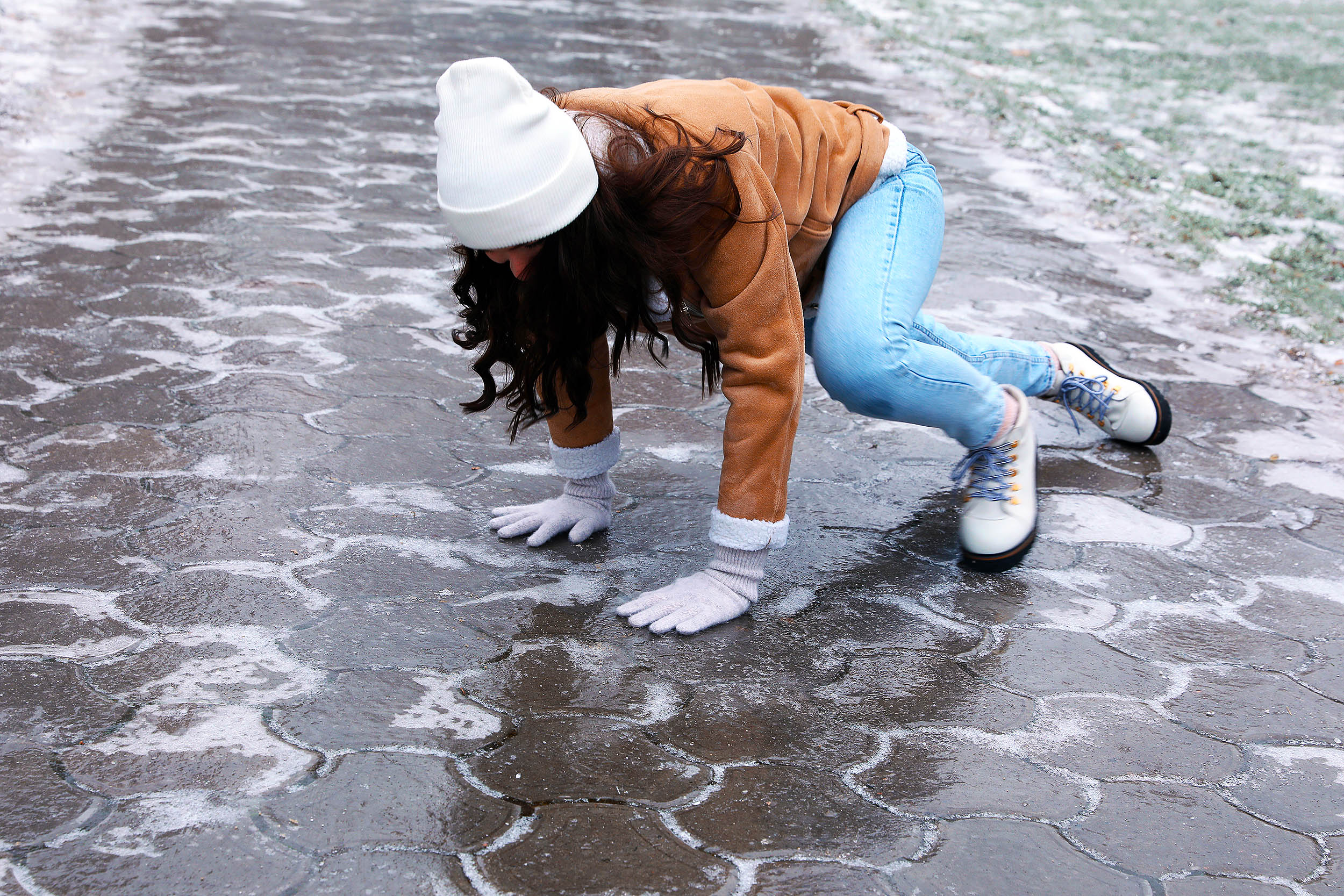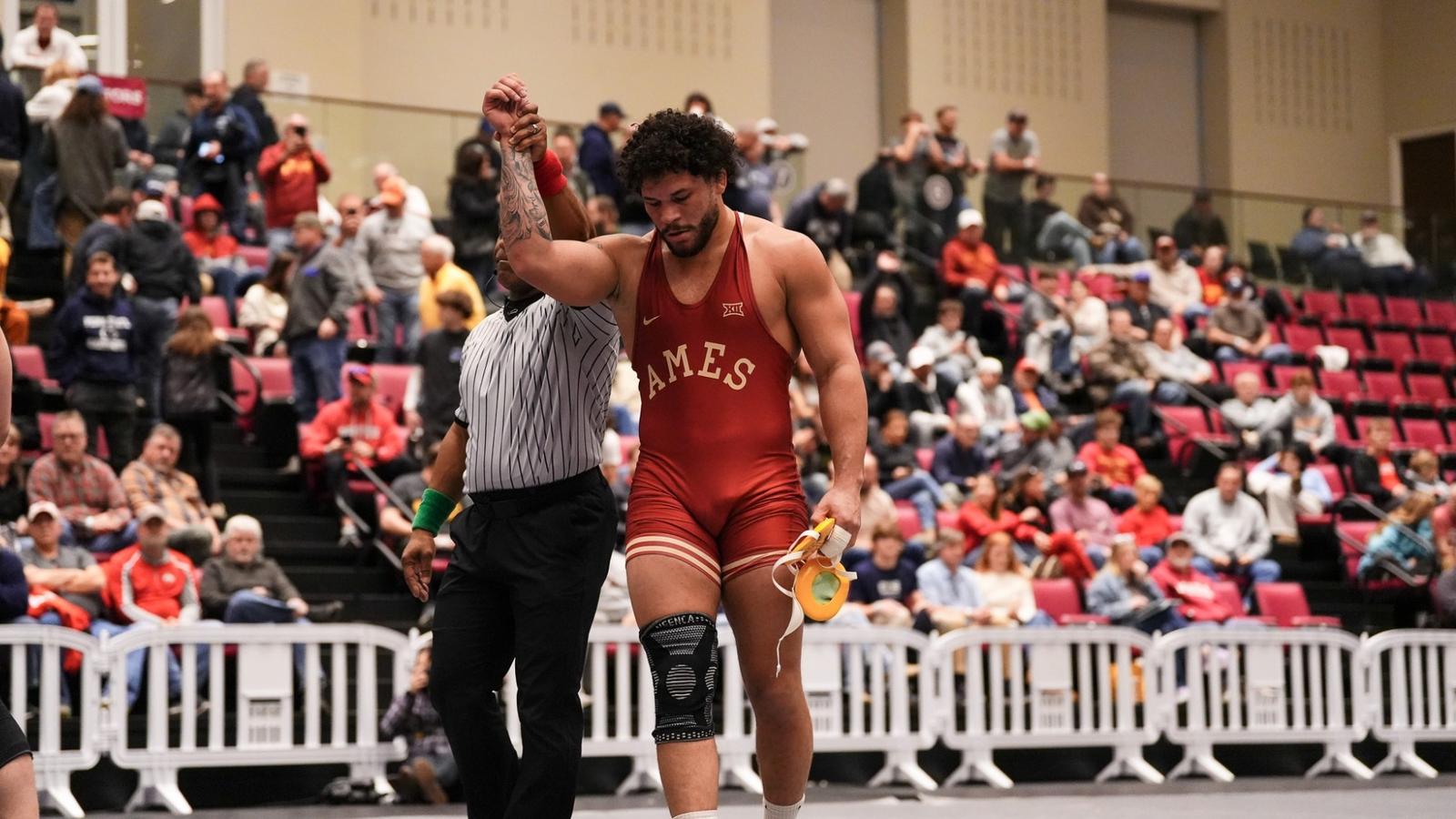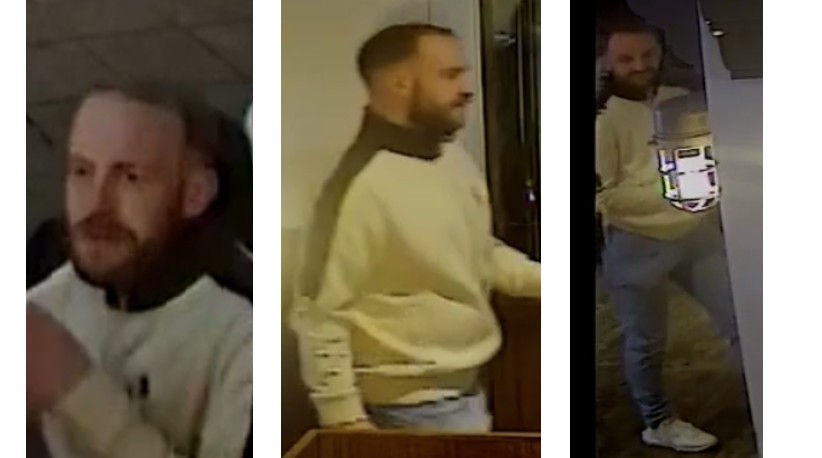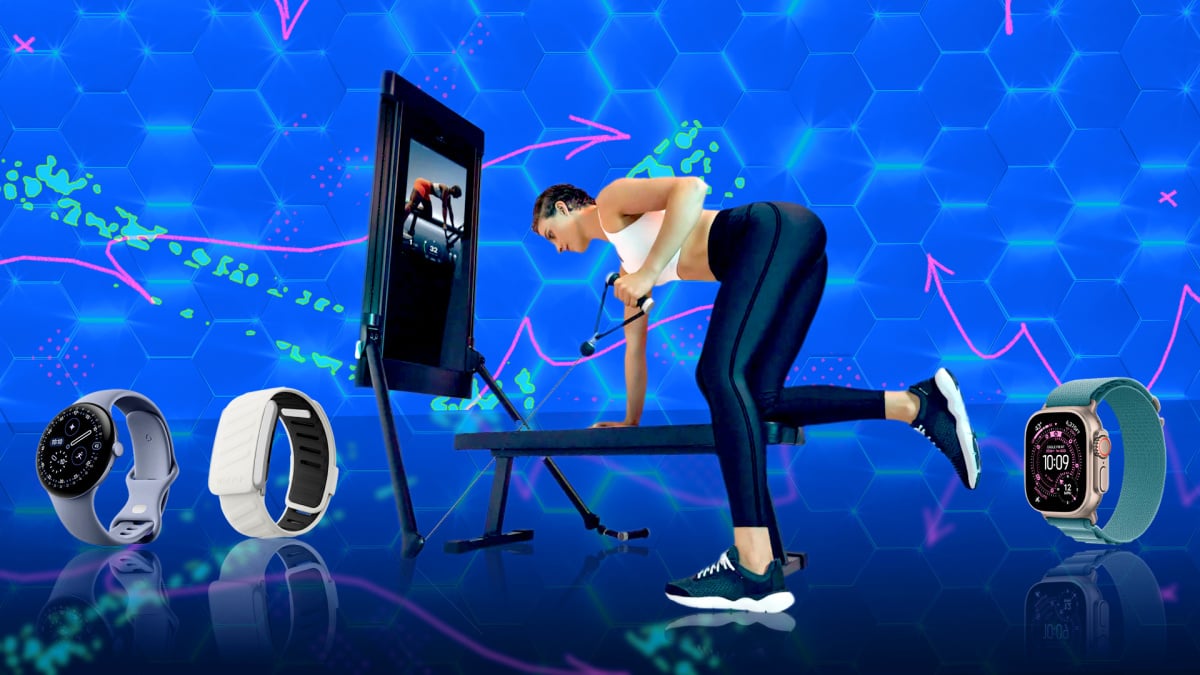From smart watches to smart mirrors, technology has taken over the fitness industry with as much verve as it has taken over every other industry. And, in some cases, it’s made it easier…
Blog
-

Scientists confirm exactly what makes ice so slippery
For nearly two centuries, textbooks blamed icy spills on pressure and friction, but new simulations tell another story. The team shows that ice can remain slippery near minus 40 degrees Fahrenheit without relying on melting.
The work was led by…
Continue Reading
-

Gaza patients facing death as Israel continues to block medical supplies | Gaza News
The head of Gaza’s Health Ministry tells Al Jazeera that situation of hospitals is ‘horrific’ due to lack of medical supplies.
Gaza’s health system is on the brink of an unprecedented collapse, with thousands of patients facing death or…
Continue Reading
-

Ninth Circuit’s January 9, 2026, Hearing on…
California’s corporate climate disclosure litigation now turns on a question bigger than climate policy: how far a government can go in drafting corporate speech for regulated businesses. The Ninth Circuit has set oral argument for January 9, 2026, in Chamber of Commerce of the United States of America, et al. v. Sanchez, No. 25-5327 (9th Cir.). For companies building 2026 compliance calendars, board oversight narratives, and disclosure controls, that argument will shape planning even while SB 261 remains paused.
The Ninth Circuit has already enjoined enforcement of the Climate-Related Financial Risk Act (SB 261) pending appeal. It declined, however, to enjoin the Climate Corporate Data Accountability Act (SB 253). Meanwhile, the California Air Resources Board (CARB) continues developing implementing regulations and guidance for SB 253.
Where things stand
SB 261 (Climate-Related Financial Risk Act). SB 261 requires covered companies to publish a biennial climate-related financial risk report. The first reports otherwise would have been due January 1, 2026.
SB 253 (Climate Corporate Data Accountability Act). SB 253 requires covered companies to report greenhouse gas emissions.
On November 18, 2025, the Ninth Circuit issued a short order enjoining SB 261 enforcement pending appeal while leaving SB 253 in place. The order offered no reasoning. CARB has acknowledged the injunction and said it won’t enforce Health and Safety Code section 38533 during the appeal.
Why the January argument matters
The Ninth Circuit’s split approach—pause SB 261, leave SB 253—signals the panel may view the statutes as constitutionally distinct even though both mandate disclosure. Because the court did not explain its rationale, several interpretations remain plausible. Still, SB 261’s structure highlights why it presents sharper compelled-speech risk than an emissions reporting regime.
SB 261 does not operate like a “report the metric” statute. It requires a public report describing “climate-related financial risk” and the measures the company has adopted to mitigate and adapt to that risk. The statute organizes the report around Task Force on Climate-related Financial Disclosures categories: governance, strategy, risk management, and metrics and targets.
Compliance with SB 261 demands judgment calls with no single correct answer. Companies must decide which risks matter, pick time horizons, explain uncertainty, describe board and management oversight, and present strategy and transition planning. They must also select metrics and targets that best communicate their approach. Those choices create a narrative that blends fact, inference, and prediction.
That blend matters for First Amendment doctrine. Courts tend to uphold compelled commercial disclosures when the government requires “purely factual and uncontroversial” information, especially where the disclosure resembles a standardized label or an objective statement about the speaker’s own operations. SB 261 compels a forward-looking management narrative about risk, governance, and strategy. Once published, the report can’t be pulled back, which can sharpen claimed injury at the injunction stage and push courts toward more demanding scrutiny.
At argument, the panel is likely to test where SB 261 fits doctrinally. The core question: does SB 261 fall within the more deferential compelled-disclosure framework associated with Zauderer v. Office of Disciplinary Counsel, 471 U.S. 626 (1985), or does it trigger intermediate scrutiny because it compels interpretive, judgment-laden speech? The district court treated SB 253 as a Zauderer-type compelled factual disclosure and analyzed SB 261 under intermediate scrutiny. The Ninth Circuit’s decision to halt SB 261 enforcement, while allowing SB 253 to proceed, tees up a clearer line between compelled data and compelled narrative.
Timing may have influenced the injunction posture too. SB 261’s statutory deadline arrived first. CARB staff, by contrast, have recently proposed an initial August 10, 2026, deadline for SB 253 Scope 1 and Scope 2 reporting. That gap can affect irreparable-harm analysis because compelled public speech, once issued, can’t be undone.
What to watch at the January 9 argument
Expect the panel to press on three themes: (1) whether SB 261 compels “factual and uncontroversial” information or forces companies to adopt the State’s framing of climate risk and response, (2) how much discretion SB 261 leaves companies in selecting assumptions, time horizons, and mitigation narratives, and (3) whether investor-protection and market-transparency goals justify the mandated public report format. The answers to those questions will help predict whether SB 261 returns in its present form, returns with constraints, or stays blocked.
Practical implications for covered companies
SB 261 remains paused, not repealed. CARB says it won’t enforce SB 261 while the injunction remains in effect. Companies that accelerated work solely to meet the January 1 publication deadline can slow that workstream.
Keep governance and risk work moving where it adds value. Even with the pause, many companies face overlapping expectations across voluntary reporting, investor engagement, and international frameworks. Work on board oversight descriptions, risk registers, and disclosure controls can still pay off, even if the legal timetable shifts.
SB 253 remains a live workstream. Companies that likely fall within SB 253 should keep building Scope 1 and Scope 2 inventories and internal controls, aligning methods with the GHG Protocol, and planning for assurance. CARB’s proposed August 10, 2026, deadline still demands near-term architecture and process decisions.
Align narratives across channels. The litigation reinforces a discipline point: align climate-risk narratives across sustainability reports, investor communications, and other jurisdictions. If SB 261 returns after a merits decision, inconsistent narratives can create avoidable compliance and litigation risk.
Bottom line
The January 9, 2026, argument may mark the point when the Ninth Circuit begins defining the constitutional limits of climate-risk disclosure. The court’s earlier decision to pause SB 261 but not SB 253 suggests it may recognize a First Amendment difference between compelling data and compelling narrative. That distinction will shape compliance strategy, disclosure drafting, and litigation risk well beyond California. For more information, please contact the author or any attorney with the firm’s Environmental Practice Group.
Continue Reading
-

Bastida Named Big 12 Wrestler of the Week
AMES, Iowa – Iowa State heavyweight Yonger Bastida was named the Big 12 Wrestler of the Week after securing a pair of victories against top-6 opponents last weekend at the Collegiate Wrestling Duals, the league office announced…
Continue Reading
-

Four Chiefs Named to the 2026 Pro Bowl Games
The Kansas City Chiefs are in the midst of a disappointing season in 2025, but despite the circumstances, four members of the team were recognized for their outstanding individual performances with Pro Bowl nods on Sunday.
Here are…
Continue Reading
-

2025 Year in Review: Incredible Science Stories
To recap 2025, NewsForKids.net is taking a look back at some of the most interesting stories we’ve covered this year.
Today we’re looking at some incredible stories from the world of science.Iceberg Breaks Free, Reveals Surprising Sea…Continue Reading
-

Avapritinib Yields Sustained Symptom Reduction and Safety in Indolent SM
Long-term data position avapritinib (Ayvakit) as a favorable treatment option for patients with indolent systemic mastocytosis (SM), supporting the continued use of this agent, which was
approved by the FDA in 2023 for the management of both…Continue Reading
-

CCTV appeal following serious assault at Bristol pub
We are appealing for the public’s help following an assault at a Bristol pub.
Just after midnight on Sunday 5 October, an unknown man has approached the victim in the Whitchurch Pub, in Oatlands Avenue in Hengrove,…
Continue Reading

